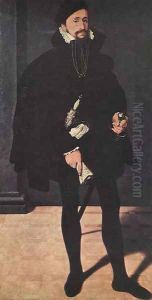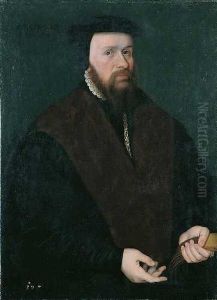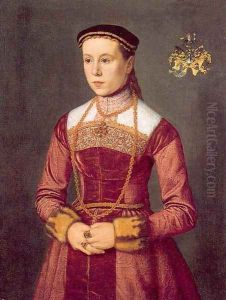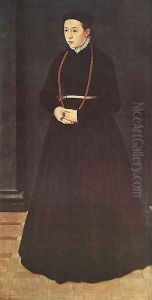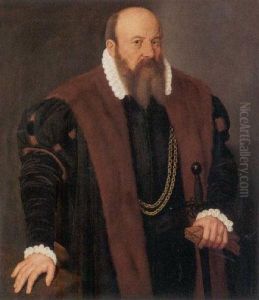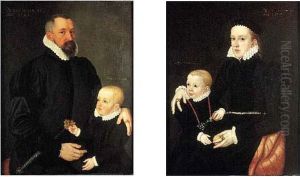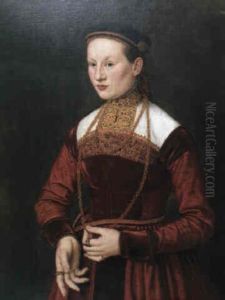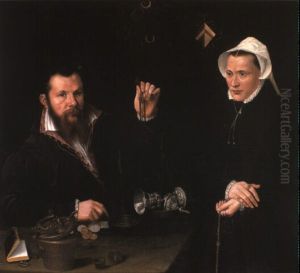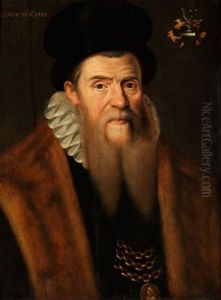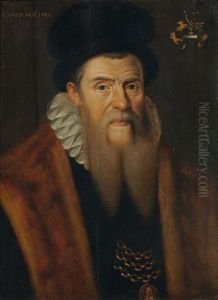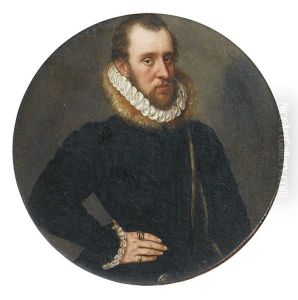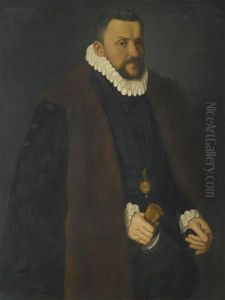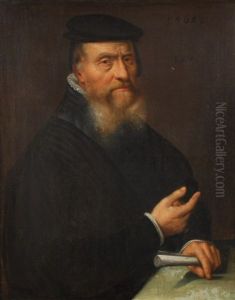Nicolas Neufchatel Paintings
Nicolas Neufchatel, also known as Niclas Neufchâtel or Hennegau, was a Northern Renaissance artist born around 1527. Little is known about his early life and training, but he is believed to have been of Flemish origin, with some sources suggesting that he was born in the town of Mons, in the County of Hainaut (present-day Belgium).
Neufchatel is primarily known as a portrait painter, and he was active during the 16th century, a period that saw significant developments in the genre of portraiture. His work is characterized by a meticulous attention to detail, a keen observation of his subjects, and a subtle use of light and shadow, which gives his portraits a lifelike quality.
Around 1550, Neufchatel moved to Nuremberg, Germany, which was then a vibrant center for the arts and culture. It was here that he established his reputation as a portraitist, creating images of notable figures of the time, including members of the patrician class and scholars. His portraits not only reflect the status and personality of his subjects but also provide insight into the attire and aesthetics of the period.
One of his most famous works is the portrait of the astronomer and mathematician Johannes Schöner, painted in 1561. This painting is celebrated for its detailed representation of the instruments and tools used by the scholar, as well as its sensitive portrayal of the subject's character.
Despite his success as a portraitist, there is little documentation about Neufchatel's life, and his movements later in life remain unclear. It is speculated that he may have traveled to various parts of Europe, as was common for artists of the time seeking commissions. His exact date of death is not known, but it is believed that he died around 1590.
Nicolas Neufchatel's contributions to the art of portrait painting during the Renaissance are noteworthy, although he is not as widely recognized as some of his contemporaries. His works are housed in various art collections and museums, serving as valuable examples of 16th-century Northern European portraiture.

